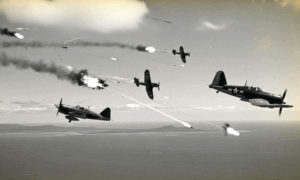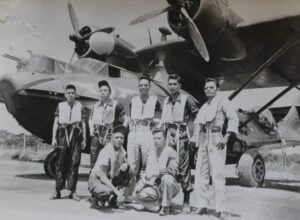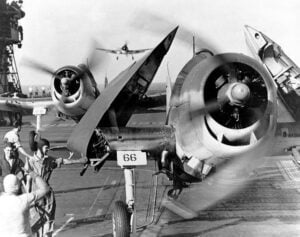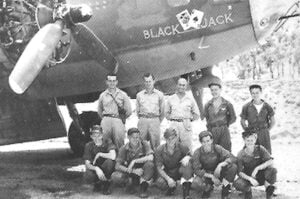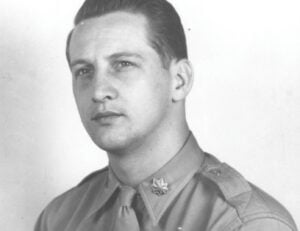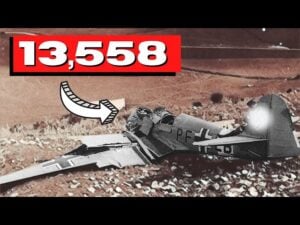The History Teacher Who Armed His Plane with Bazookas to Destroy German Tanks in WWII
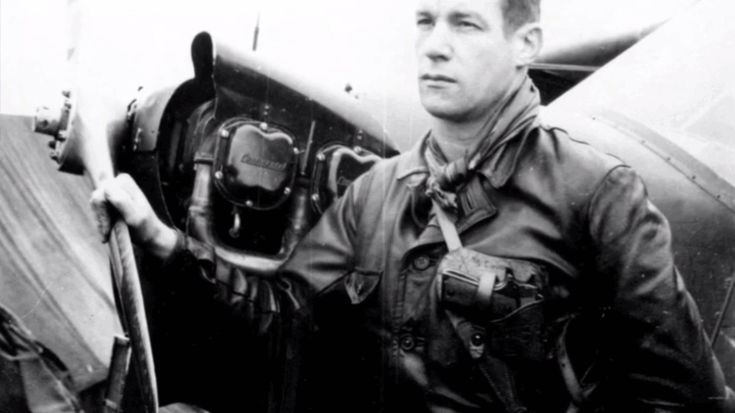
FactBytes / YouTube
A Teacher Takes Flight
Charles Carpenter was born in 1912 in rural Illinois and worked as a high school history teacher in Moline before the war. In 1942, after the attack on Pearl Harbor, he joined the U.S. Army and trained as a reconnaissance pilot. He was assigned to General Patton’s Third Army, flying a light aircraft called the L‑4 Grasshopper, also known as the Piper Cub. This plane had no weapons and was used to spot enemy positions for artillery units.
Carpenter felt limited by the unarmed plane and looked for ways to help his fellow troops more directly. He noticed other pilots adding bazookas to their planes and decided to take the idea further. With support from ordnance techs and approval from his command, he added six bazooka launchers—three under each wing.
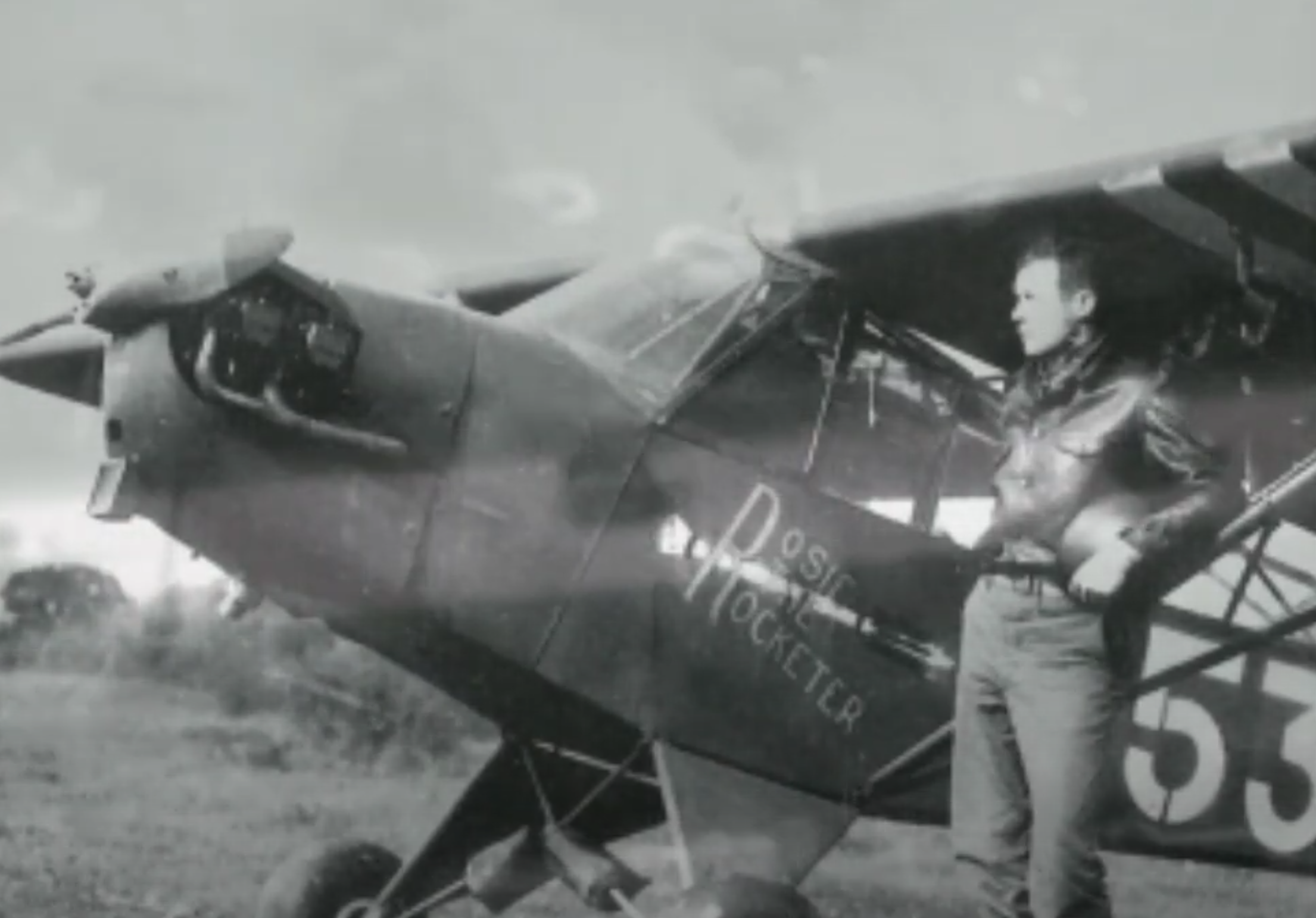
Rosie the Rocketer in Combat and Heroism Under Fire
He painted “Rosie the Rocketer” on the side of his L‑4, a nod to the factory workers who built war planes. Carpenter and his plane made history at the Battle of Arracourt on September 20, 1944, when he attacked a column of German tanks under heavy fog. He flew low, fired his bazookas one at a time or all at once, then climbed away to reload. That day he launched sixteen rockets in three sorties, destroyed two Panther tanks, damaged others, and forced the enemy to retreat—saving pinned-down American troops.
Carpenter’s tactics made him both admired and feared. He flew close to enemy lines, often taking fire from German soldiers now alert to his threat. He joked, “attack, attack and then attack again,” showing how determined he was to stand his ground. His bold work earned him the nicknames “Bazooka Charlie,” “Mad Major,” and “Lucky Major.” By the war’s end he had destroyed six enemy tanks, including two heavy models, and several armored cars. He also landed on the battlefield to join ground fighting, once capturing six enemy soldiers with a rifle he picked up.
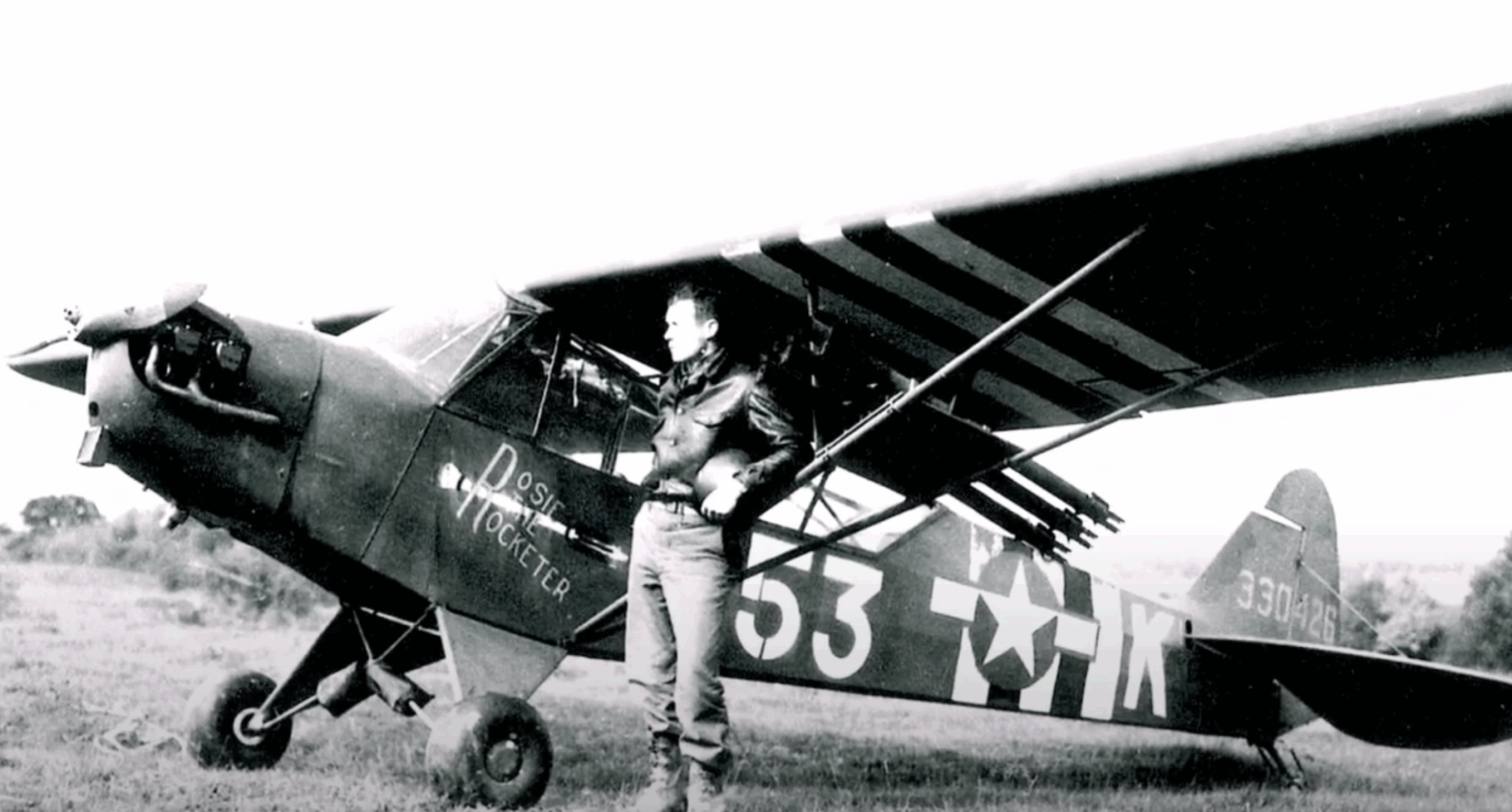
Recognition and Return to Teaching
His actions caught the attention of press outlets such as Stars and Stripes and the New York Sun, and even drew praise from General Patton, who awarded him the Silver Star and ended plans for court martial after a friendly-fire accident. He earned more awards, including the Bronze Star and Air Medal with Oak Leaf Cluster.
In 1945, Carpenter was diagnosed with Hodgkin disease and left the Army in 1946. Though doctors gave him two years to live, he survived another two decades. He returned to teaching history at Urbana High School until his death in 1966.
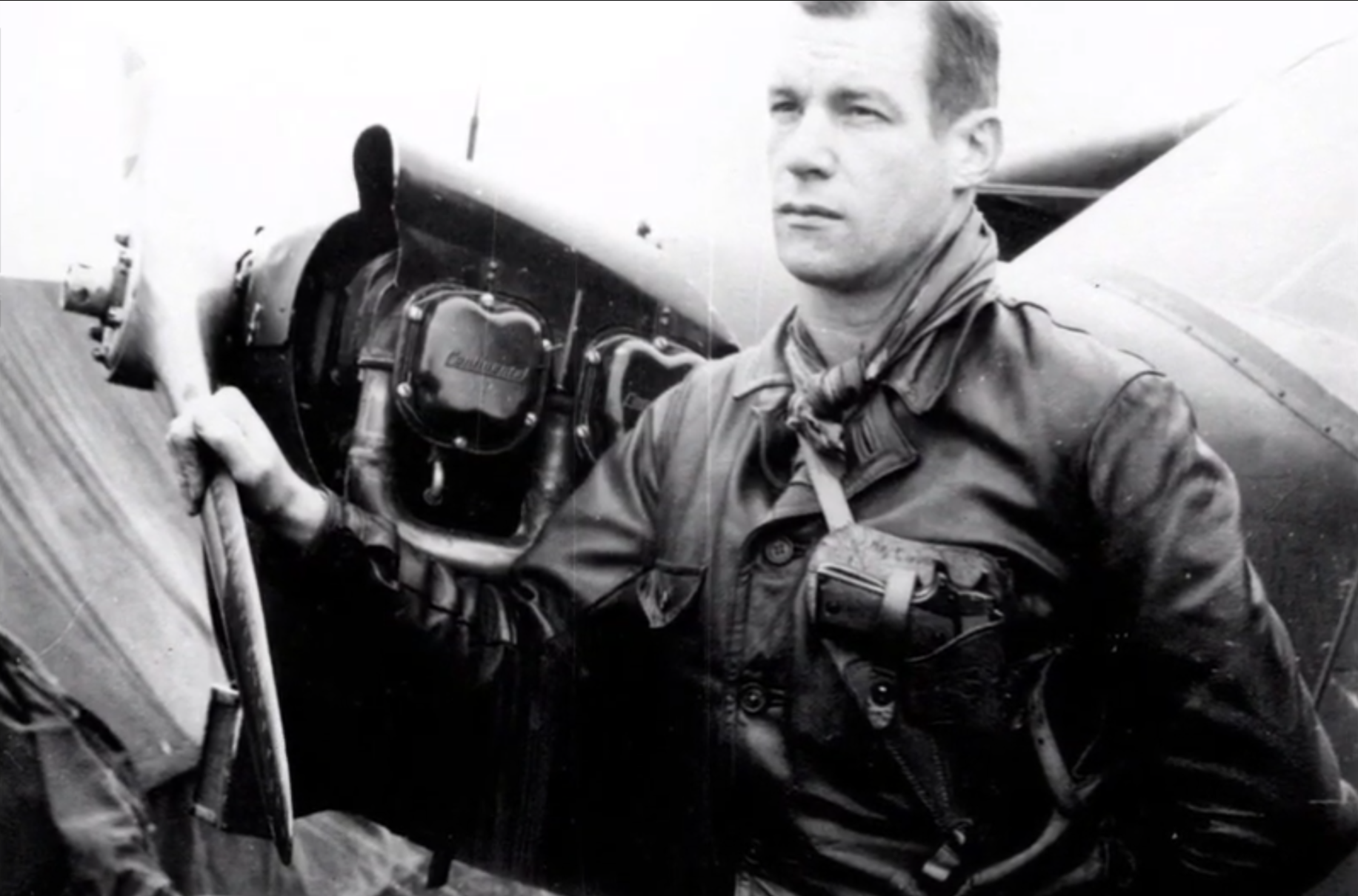
Rosie Returns
Decades later, his aircraft was rediscovered and restored. Now displayed as a tribute, “Rosie the Rocketer” reminds us of a man who blended innovation, courage, and a teacher’s gentle nature.
Carpenter’s story shows how a thoughtful history teacher became a daring war pilot, turning a quiet aircraft into a force that helped shape a battlefield.













